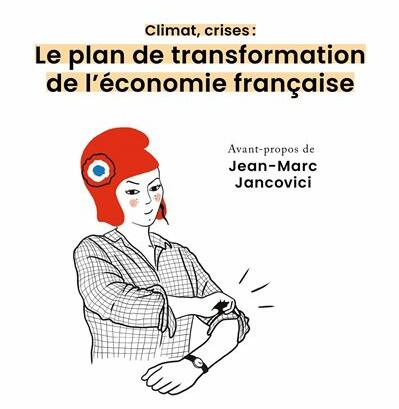In terms of energy, the majority of forecast scenarios begin by modelling demand (often on the basis of socio-economic considerations or aspirations, resulting in uninterrupted growth), and matching it with the necessary level of supply, plus price adjustments where necessary. The reasoning adopted whether implicitly or explicitly– is that when prices rise, it is possible to access more resources and therefore to serve more consumers.
It is only recently that we have begun to see the superimposition of different approaches based on the view that energy supply will be increasingly constrained by physical limits (on resources, technological performance, etc.), thereby imposing an upper limit on supply, to which demand will have to adapt.
In order to reconcile these two apparently contradictory viewpoints, we have built a software package called Rogeaulito , which allows us to simulate supply and demand on the basis of distinct methods, and compare the outcomes to draw conclusions that neither of the two approaches described above can provide individually.
In practical terms, this model:
1. Describes a possible supply-side scenario subject to constraints (in terms of extractable stocks of fossil fuels and uranium, areas available for cultivation of biomass, capital investment in terms of ‘unlimited’ resources, such as wind and sun, etc.)
2. Describes a demand-side from the ‘consumer-driven’ point of view (demand generated in terms of number of units of vehicles, residential/office buildings, factories, etc., and average consumption per unit, all trended over time)
3. Calculates a ‘desired primary energy demand’ on the basis of social demand
4. Compares this desired primary energy demand with the maximum supply possible given the constraints described in Point 1
This working method highlights any ‘Missing Energy Supply’ (MES) in which the trend in energy supply falls short of meeting projected demand. This then forms the basis for calculating iterations to provide a quantitative evaluation of the initiatives required to ensure that demand does not exceed constrained supply, which is the precondition for further crisis-free development of the society in which we all live. It then becomes possible to describe and quantify the long-term policies that will enable demand to be limited to within the maximum possible supply.
Unlike classical economic models, this approach also provides an understanding of how quantities may be regulated in systems other than that of the free market (shortages, rationing, stringent regulation, etc.), which cannot be achieved by models based on demand/price elasticity.
Compared with sector-based approaches (limited to transport, housing or industry, for example), this method offers the advantage of taking account of transfers between sectors of consumption and the potential trade-offs between sectors against a background of global optimisation.

Project deliverables:
You can find a technical description of the tool here: Rogeaulito-Technical-Description (Dec. 2012)
The software package is made available to anyone, you can get in touch with us.
For a more synthetical description of the Rogeaulito model and it’s value added, the following working paper has been published in an open-access scientific litterature entitled “Frontiers in Energy Systems and Policy” : Rogeaulito-Paper in press (May 2013)
As a first attempt to develop scenarios within the Rogeaulito framework, perspectives of the 4 quadrants method will be made available soon on this page.
Project leader:
Léo Benichou graduated from Polytechnique and KTH (Royal Institute of Technology- Stockholm). He is the manager of the scenario project.
Contact:
wg_scenarios(a)theshiftproject.org


